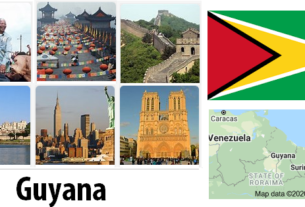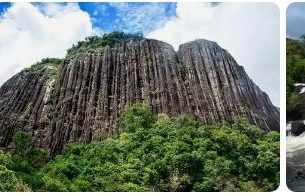CULTURE: THEATER
Both during the colonial period and after independence, Bolivian theater was for a long time an absolutely marginal phenomenon and strongly influenced by Spanish models, with an indigenous production of religious dramas and historical dramas. Only in 1920 did experimental groups form which favored the birth of a new dramaturgy, engaged in the search for a national identity and in the more or less latent protest against the atrocious political and social conditions of the country. The best-known author was Adolfo Costa du Rels, whose text, Los estandartes del rey(1956), was also represented in other countries. However, until the mid-twentieth century there was no solid organizational structure either in the capital or elsewhere, and theatrical activity was sporadic. The second half of the twentieth century instead brought attention and sensitivity towards dramaturgy back to important levels, with the multiplication of authors (the aforementioned Raúl Botelho, and the one who is considered the initiator of modern Bolivian theater, Sergio Suárez Figueroa), operas, companies (such as the Experimental University Theater of the Sixties, the TIBO, Teatro Independiente Boliviano, which since 1999 brings together several contemporary theater groups, the Taller Nacional de Teatro, the most important organization), schools and reviews (the international theater festivals of Santa Cruz de la Sierra and La Paz).
CULTURE: ART
In the basin of Lake Titicaca, sheltered from the elements and more fertile than the other Bolivian areas, there are the most notable artistic manifestations. The archaeological remains of the Formative Period (ceramic from Chiripa, ca. 500 BC) are of little interest and only in the Classical Period the second horizon civilization of the central Andes, Tiahuanaco, was born in Bolivia, a country located in South America according to zipcodesexplorer, which radiated its influence in the artistic field to the coast. At the beginning of the Postclassic Period, Tiahuanaco decays and local styles of modest importance arise; finally, the conquest of these territories by the Incas led to the assumption of Inca stylistic characteristics, as can be seen by observing for example the constructions, fabrics and gold and silver jewelry found in the Titicaca and Coatí islands. Many of the finds from the pre-Columbian era, along with works of art, artifacts and jewelry from the colonial era, are now preserved in the museums of the capital, such as the Museo de Metales Preciosos Pre-Columbinos, the National Museum of Art and the National Museum of Archeology. In recent times, as mentioned, a part of the country has benefited from artistic and cultural support and promotion, being able to activate exchanges and international relations (it must be said that the protection of the heritage of the Indians is also increasingly central to cultural policies). In the figurative arts, starting from the second half of the twentieth century, personalities belonging to different movements and currents emerged: from the abstract art of María Luisa Pacheco, to the plasticity of the works of Zulma Tejada, René Noriega, Carlos Rimaza, to the conceptual art of Roberto Valcárcel. Contemporary Bolivian sculpture had its best representative in Marina Núñez del Prado (1910-95).
CULTURE: CINEMA
Until 1967, Bolivian films were not known, at least internationally. The first feature, Wara-Wara, about an Inca prince, was shot silent in 1929; then we come to 1957-58, when the documentary maker Jorge Ruíz made a name for himself with Return, Sebastiano, on the backward Indian tribes, and La Vertiente, the name of a great river; the production was all imported from abroad and distributed under foreign control (not only from the United States, but from Argentina and Peru). In 1953, a National Institute of Cinema was founded in La Paz, which, however, dealt exclusively with propaganda short films and the few cinemas equipped for the reduced format. A turning point in Bolivian cinema was represented by Jorge Sanjinés(b.1936), who made a feature film, Ukamau, on the life of the Indians and spoken in their language and by Antonio Eguino (b.1938), who tried his hand at directing challenging the military dictatorship with a film on the dramatic conditions of peasants, Pueblo chico (1973). Jailed in 1975, Eguino managed to make a second film in 1977, Chuquiago, set in La Paz. He subsequently directed Amargo Mar (1984) and Los Andes no creen en Dios (2005). The years between 1980 and today have seen an increase in productions, but Bolivia nevertheless remains one of the South American countries with the lowest number of films produced annually. Among the most relevant are reportedCuestión de fe (1995), by Marcos Loayza (b.1959), Para recibir el canto de los pájaros (1996) and Los Hijos del último jardín (2004), by the aforementioned Jorge Sanjinés, El triángulo del lago (1998) by Mauricio Calderón, Dependencia Sexual (2003), by Rodrigo Bellot (b. 1978). The Italian-Bolivian Paolo Agazzi is also appreciated (El día que murió el silencio, 1998). Among the most important cinema events, the Iberoamericano de Cine Festival in Santa Cruz de la Sierra should be mentioned.




